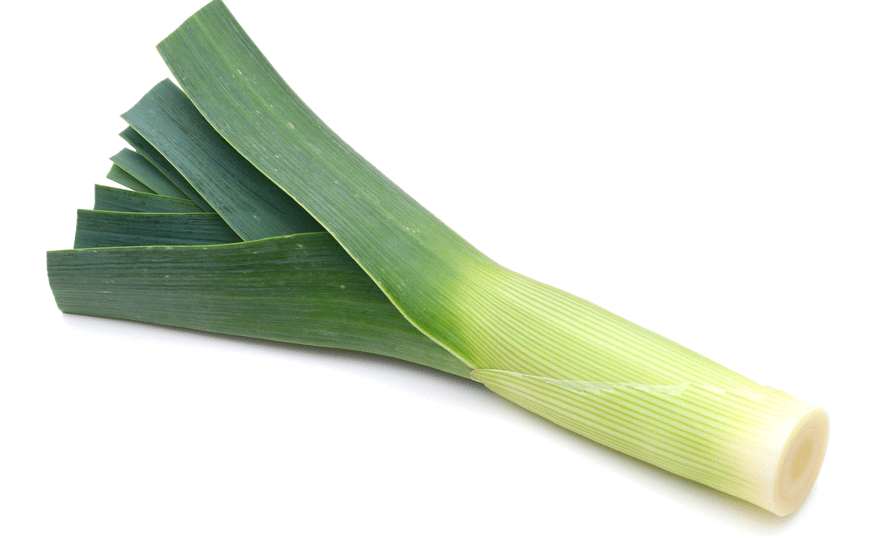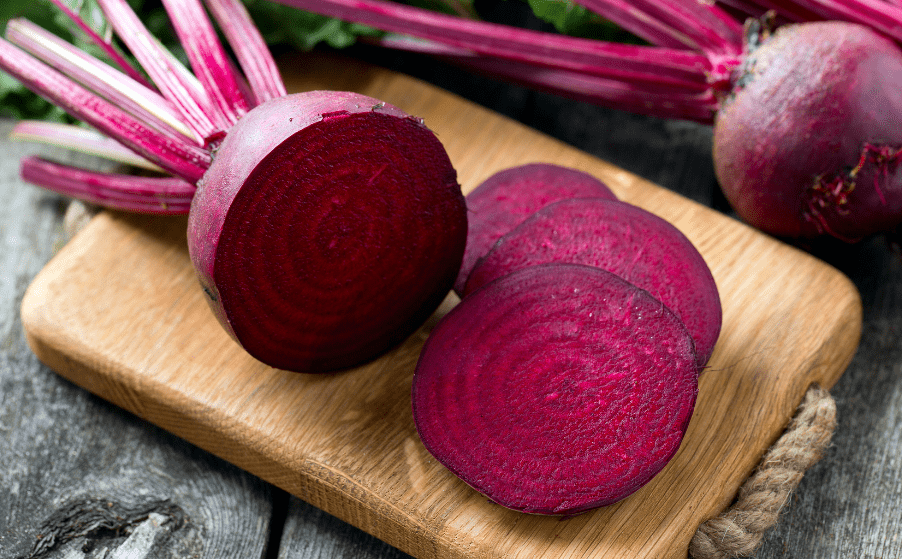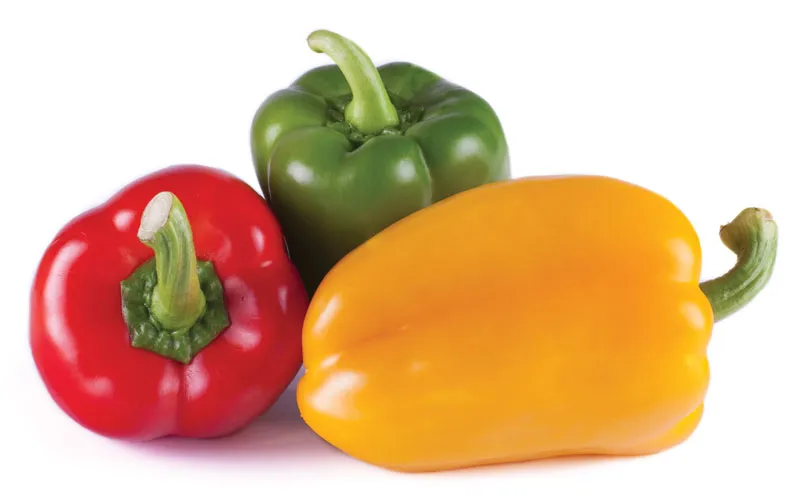
Description
Leeks resemble overgrown green onions and have a long, white, cylindrical shaft. The folded, thick, flat leaves are substantial. Plants can be as wide as two inches and as tall as two to three feet. Second-season leeks produce a big umbel with numerous blooms when unharvested; the seeds are small, black, pointy, and irregular.
Varieties
The tallest heirloom variety is called “American Flag,” and it has long, slender shafts and a mild, sweet flavor. To spend the winter in a mild environment is a wise decision.
The tall heritage cultivar known as “Autumn Giant” may grow to heights of over 30 inches and is usually ready for harvest in 130 days.
‘Varna’: This tall “bunching” variety was created for dense direct seeding to generate clumps of thin plants, making it ideal for planting early in the growing season. Varna matures in 50 days.
‘King Richard’: This cultivar has long, slender stems that remain delicious and soft, and it matures in just 75 days.

Uses
The plant, which resembles an onion in flavor and mildness, is linked to the onion. Leek stalks can be cooked whole as a vegetable and are frequently used in European stews and soups, particularly as a compliment to potatoes.
Nutrition
A 100-g reference quantity provides 255 kJ of dietary energy and contains a significant amount of manganese and vitamin K in a single serving. Iron, vitamin C, folate, and vitamin B6 are all somewhat abundant in it.
Cultivation
Leeks prefer a soil that is deep, fertile, friable, and rich in organic content. A light-textured, well-drained soil facilitates planting and harvesting and helps produce food that is hygienic and appealing. Leeks prefer soil reactions with a pH of 6 or higher and dislike acidic soils.
Table





